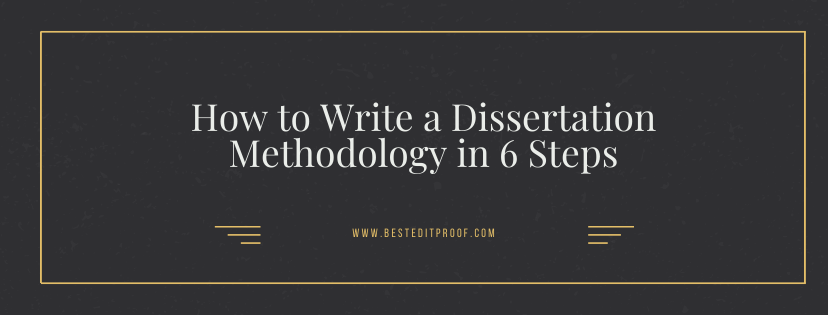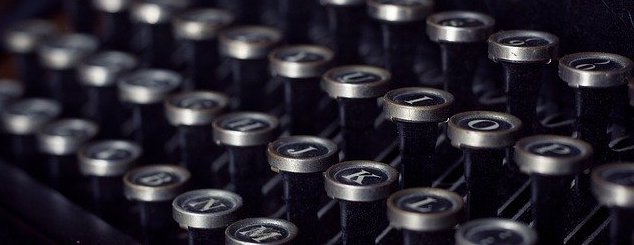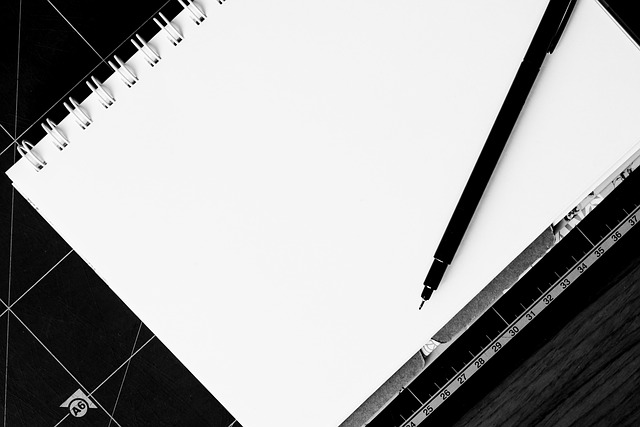In statistics, a population refers to the pool of individuals from which one can draw the statistical sample for a study. A population includes a complete set of individuals. That group can comprise a nation or people sharing common characteristics.

In statistics, a population refers to the pool of individuals from which one can draw the statistical sample for a study. That group can comprise a nation or people sharing common characteristics. Therefore, you may call any selection of individuals with common features a population.
A sample may represent a statistically significant portion of a population. However, it is not an entire population. To that end, a statistical analysis of a sample must include the approximate standard deviation or standard error of its results from the whole population. This standard error can be approximated using the Central Limit Theorem. Remember that you would have a standard error value of zero if you could have the entire population. Thus, a population is a whole group you want to make inferences about. However, a sample refers to the unique group on which you gather data.
The sample size is usually much smaller than the population size. In research, a population may or may not refer to people. It can include anything you wish to study, such as objects, events, companies, states, or microorganisms. For instance, all the freelancers worldwide can be a population. However, freelancers in a particular city in a country can be the sample. Similarly, all the graduate students in the US can be a population. However, MIT graduate students can be a sample.
You must use populations when your research questions demand or if you can access data from every member of the population, which is almost impossible. Therefore, when a population is unusually small, you should reach all its members. For instance, a company may wish to explore what kind of vehicles its employees use coming to work. In that particular case, you can access every population member because it is your interest. However, in many cases, collecting data takes a lot of work. Assume you wish to know the number of people living in a country. Then, you must allocate considerable funds to address that question. Therefore, the census is done infrequently. Moreover, you may have difficulty accessing the members of the population. When you have such a case, you may resort to sampling to infer the population.
Suppose you have a large, not easily accessible, or geographically dispersed population; you must use a sample. Ideal sample selection should be random, implying that every member will have the same chance of being selected. Suppose you want to reduce the risk of sampling bias and improve the validity of your research. In that case, you can use probability sampling methods such as simple random sampling or stratified sampling. Nonetheless, researchers may employ non-probability sampling methods for convenience and easier accessibility. One should notice that any inference about the broader population will not be as strong when a researcher uses non-probability sampling methods.
Researchers may sample due to necessity because studying the entire population may be impossible due to its larger size and inaccessibility. Practicality is another reason because gathering data from a sample is easier and more effective. On top of that, the cost can be a determining factor. Fewer participants relate to lower research costs. Ultimately, manageability is critical because running statistical analyses on smaller datasets is readier and more reliable.
You can conduct measurements on the data and calculate summary numbers. Two definitions are exceedingly crucial. The measure describing the entire population is a “parameter.” On the contrary, the measure designating the sample is a statistic. Thanks to hypothesis testing, you can decide whether a sample statistic differs from the population parameter. Assume you hypothesize that all US households have, on average, three TV sets. In that case, you may take a sample of 120 households. Suppose that the mean is 2.8 and the standard deviation is 0.4. If you run a statistical hypothesis testing, you can conclude whether the claim is true based on the sample data. Briefly, we make inferences about a population parameter by using the sample statistic.
The difference between a population parameter and a sample statistic refers to a sampling error. In the above study, the sampling error denotes the difference between the mean TV set number of your sample of 120 and the true mean number of TV sets in US households. Sampling error is an issue for a randomly chosen sample because random samples can differ concerning numerical measures such as means and standard deviations. A researcher wishes to generalize their findings from the sample to the population; they want minimal sampling error. If you wish to decrease the sampling error, you must collect more samples, meaning you need an increased sample size.
Best Edit & Proof expert editors and proofreaders focus on offering papers with proper tone, content, and style of academic writing, and also provide an upscale editing and proofreading service for you. If you consider our pieces of advice, you will witness a notable increase in the chance for your research manuscript to be accepted by the publishers. We work together as an academic writing style guide by bestowing subject-area editing and proofreading around several categorized writing styles. With the group of our expert editors, you will always find us all set to help you identify the tone and style that your manuscript needs to get a nod from the publishers.

You can also avail of our assistance if you are looking for editors who can format your manuscript, or just check on the particular styles for the formatting task as per the guidelines provided to you, e.g., APA, MLA, or Chicago/Turabian styles. Best Edit & Proof editors and proofreaders provide all sorts of academic writing help, including editing and proofreading services, using our user-friendly website, and a streamlined ordering process.
Visit our order page if you want our subject-area editors or language experts to work on your manuscript to improve its tone and style and give it a perfect academic tone and style through proper editing and proofreading. The process of submitting a paper is very easy and quick. Click here to find out how it works.
Our pricing is based on the type of service you avail of here, be it editing or proofreading. We charge on the basis of the word count of your manuscript that you submit for editing and proofreading and the turnaround time it takes to get it done. If you want to get an instant price quote for your project, copy and paste your document or enter your word count into our pricing calculator.
Contact us to get support with academic editing and proofreading. We have a 24/7 active live chat mode to offer you direct support along with qualified editors to refine and furbish your manuscript.
Follow us on Twitter, LinkedIn, Facebook, Instagram, and Medium.
For more posts, click here.
This article explains how to define research population and sample in a dissertation or thesis. To give you an opportunity to practice proofreading, we have left a few spelling, punctuation, or grammatical errors in the text. See if you can spot them! If you spot the errors correctly, you will be entitled to a 10% discount.
How to Determine Variability in a Dataset
14.10.2023
Population vs Sample | Sampling Methods for a Dissertation
14.01.2023
7 Issues to Avoid That may Dent the Quality of Thesis Writing
18.12.2022
How to Ensure the Quality of Academic Writing in a Thesis and Dissertation?
04.12.2022
How can You Establish Experimental Design in Your Dissertation?
12.11.2022
How Can You Decide on Tense Usage in Your Dissertation?
04.11.2022
How Can You Write an Abstract for Your Dissertation?
30.10.2022
How to Build Research Methods for Your Dissertation
14.10.2022
How to Build a Strong Hypothesis for Your Dissertation
13.10.2022
How Can You Develop Solid Research Questions for Your Dissertation?
13.10.2022

A methodology section explains the entire process of data collection and analysis based on logic and philosophy. This section is an unavoidable part of a dissertation or a research paper. Considering errors in the methodology section enervates the entire dissertation. Here, we bring you a general guide on the steps to compose a flawless methodology section for a dissertation.
Continue Reading
The dissertation writing process is a lengthy, extensive and multi-faceted undertaking spanning several months (or even years). It is an exacting exercise comprising several steps, each with its own requisites that scholars need to fulfill duly. Hence, regardless of how strategic and meticulous a scholar's dissertation writing approach is, there are bound to be certain inconsistencies - grammatical errors, incoherent phrasing, inappropriate synonyms, formatting errors, etc., - even in the final draft.
Continue Reading
It is not uncommon for individuals, academic and nonacademic to use “thesis” and “research paper” interchangeably. However, while the thesis vs. research paper puzzle might seem amusing to some, for graduate, postgraduate and doctoral students, knowing the differences between the two is crucial. Not only does a clear demarcation of the two terms help you acquire a precise approach toward writing each of them, but it also helps you keep in mind the subtle nuances that go into creating the two documents. This brief guide discusses the main difference between a thesis and a research paper.
Continue Reading
Writing a thesis can be an overwhelming task for many college and graduate students. Managing all the elements associated with a thesis while ensuring that the quality is not compromised can be challenging. However, what is even more strenuous is deciding on a thesis's layout. "How to structure a thesis" is a question that several final-year students struggle to answer. And understandably so, as all colleges and universities have their guidelines for drafting a thesis. However, there is an immutable structure that's common for every thesis. In this brief guide, we will take a look at this structure and analyze each of its components.
Continue Reading
What is most critical is that your thesis statement should reflect the primary points of your paper or essay. Its most frequent place is at the end of the introduction section. Based on the essay you are penning, your thesis may look different. Nevertheless, the essential idea must be in your thesis statement so that people can comprehend your fundamental idea. What is left in your essay should relate to the main idea.
Continue Reading
After gathering and analyzing your data, next is penning the results. You report the primary findings of your study in this section. The most critical issue is that reporting your results must be concise and pursue a logical order.
Continue Reading
Formal writing is essential to academic essays, a thesis, or a dissertation. Many issues may dent your writing. This article covers 7 critical ones to avoid that may affect the quality of thesis and dissertation writing.
Continue Reading